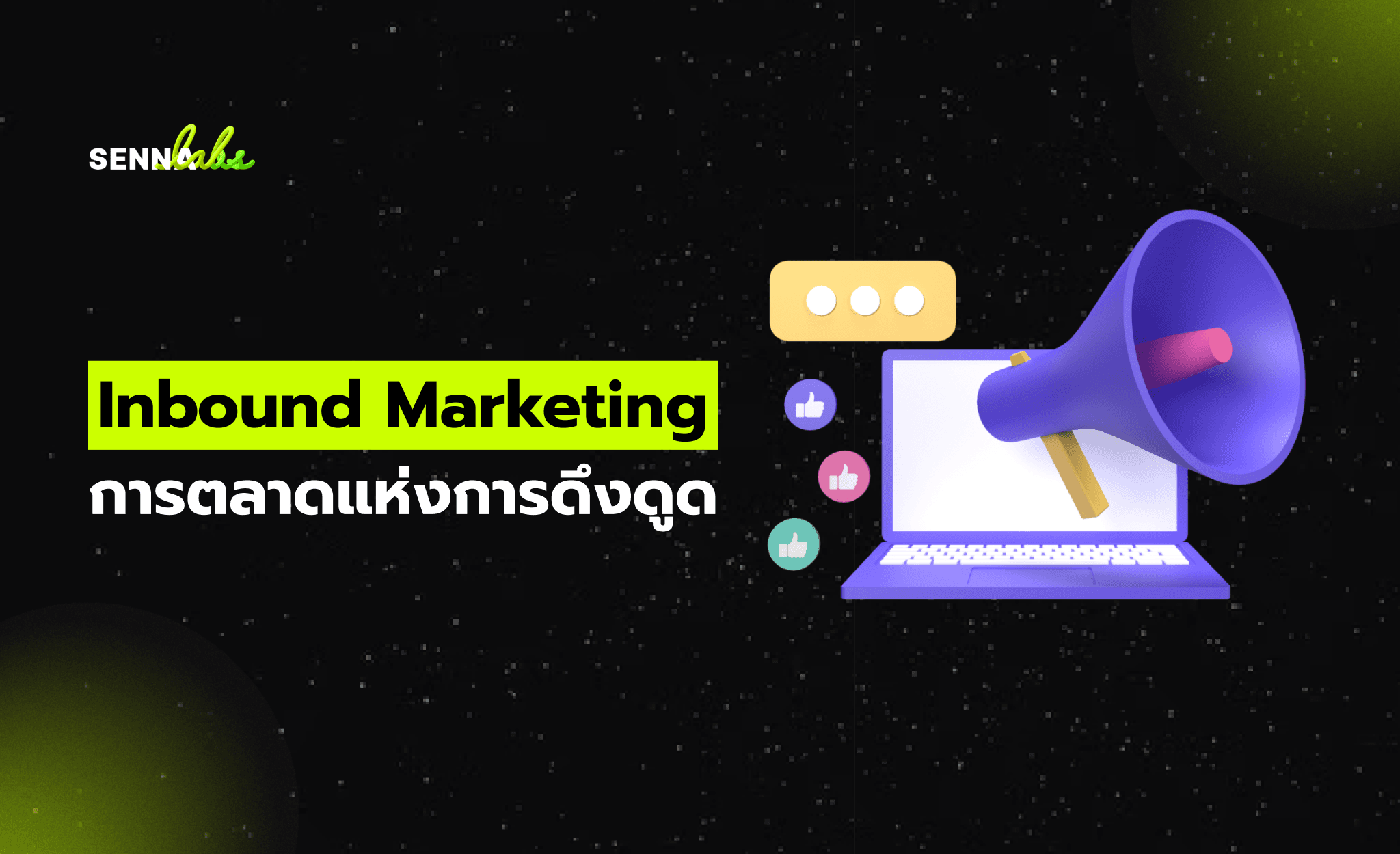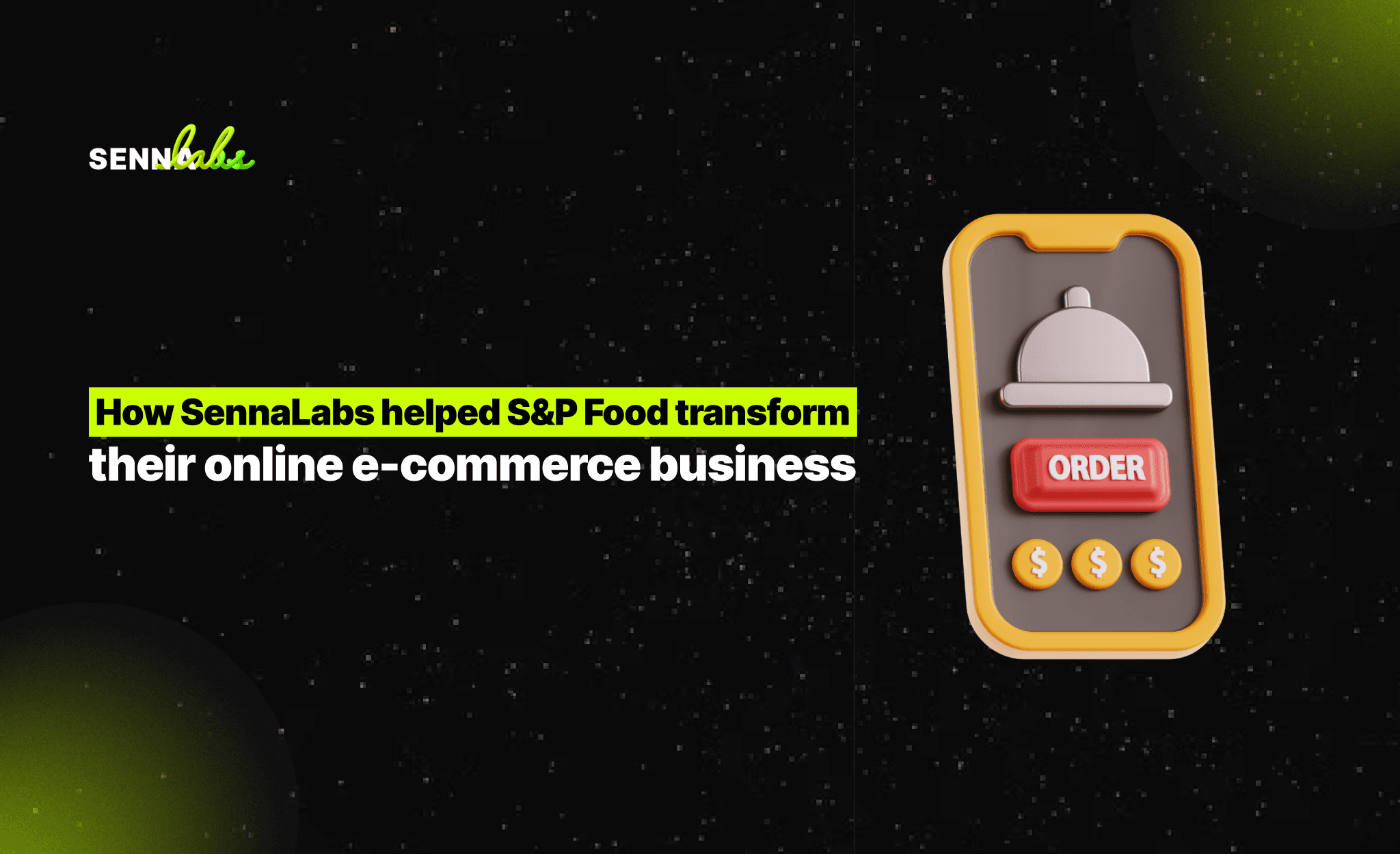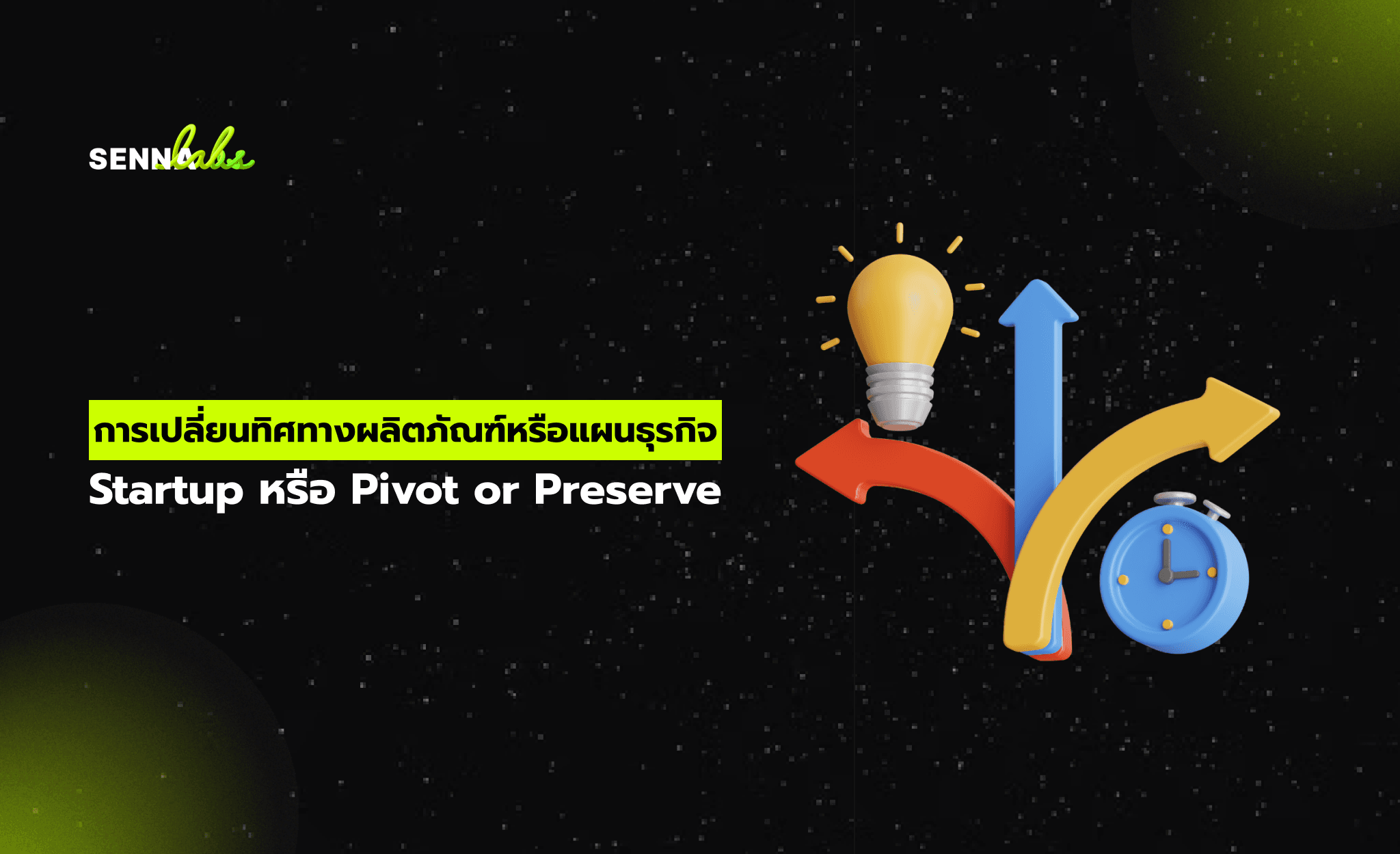UX/UI for SaaS Websites: Enhancing User Adoption & Retention

In the world of Software-as-a-Service (SaaS), where competition is fierce and customer expectations are high, User Experience (UX) and User Interface (UI) design play a crucial role in onboarding, engagement, and long-term retention. Unlike traditional software, which requires installation, SaaS products operate in the cloud and rely on web-based interfaces. This makes the design of their user experience critical for success.
An intuitive UX/UI design ensures that users can quickly understand and adopt the software, reducing friction and increasing the likelihood of continued usage. This article explores how SaaS companies leverage UX/UI to enhance user adoption, maintain customer trust through UI consistency, and improve usability through micro-interactions.

How Intuitive Design Helps SaaS Products Onboard Users Effortlessly
User onboarding is one of the most critical phases in the SaaS lifecycle. A seamless onboarding experience helps new users understand the platform, navigate features, and complete key actions without confusion.
1. The Importance of First Impressions
The first few minutes a user spends on a SaaS platform determine whether they stay or leave. A complicated or overwhelming UI can lead to high churn rates, while an intuitive design ensures quick adoption.
Key UX/UI strategies for effective onboarding:
-
Guided walkthroughs: Step-by-step tutorials or interactive tooltips help users explore features.
-
Minimal setup process: Reducing unnecessary fields during sign-up prevents user drop-off.
-
Progress indicators: A visual representation of onboarding progress reassures users.
-
Demo mode or sandbox environment: Allows users to test features without commitment.
2. The Role of a Clear and Simple UI
A cluttered interface often discourages users from engaging with a product. SaaS platforms that prioritize a clean and structured UI help users focus on their tasks.
Best practices:
-
Whitespace utilization: Prevents cognitive overload and improves readability.
-
Logical hierarchy of information: Important elements should be prominent and easy to access.
-
Straightforward language: Avoid jargon—use simple, action-oriented wording.
3. Personalization for a Better Experience
Modern SaaS applications use personalized onboarding to adapt to different user needs. For example:
-
Role-based onboarding: Showing only relevant features based on the user’s role.
-
Behavior-based tips: Displaying tooltips based on real-time user actions.
-
AI-powered recommendations: Suggesting features based on previous interactions.
By making onboarding intuitive and personalized, SaaS businesses can improve user satisfaction and long-term retention.
The Role of UI Consistency in Improving Customer Trust and Engagement
A consistent UI design ensures that users feel familiar and comfortable with the product, even as they navigate different sections of the platform. In SaaS, where users frequently switch between dashboards, reports, and settings, consistency builds trust and enhances usability.
1. Why UI Consistency Matters in SaaS
Users rely on muscle memory and pattern recognition when interacting with software. When UI elements remain predictable and uniform, they spend less time figuring out how to use the platform.
Benefits of consistent UI design:
-
Reduces cognitive load: Users don’t need to relearn interactions across different sections.
-
Builds brand identity: A uniform design strengthens brand recognition.
-
Enhances usability: Users feel more confident navigating the platform.
2. Elements of a Consistent UI
A well-designed SaaS platform maintains uniformity in:
-
Typography and color schemes: Branding should be evident throughout the UI.
-
Button placements and interactions: Call-to-action buttons should be consistent across pages.
-
Icons and symbols: A uniform icon set prevents confusion.
-
Navigation menus and sidebars: Users should know where to find essential tools without searching.
3. Avoiding UI Fragmentation
SaaS products evolve with new features, but adding elements without maintaining consistency can break the user experience. A well-maintained design system ensures that every new feature aligns with the existing UI framework.
Best practices for UI consistency:
-
Establish a design system: Maintain a UI component library for consistency.
-
Use predictable patterns: Stick to industry-standard design practices.
-
Ensure cross-platform consistency: The experience should be seamless across web and mobile.
When SaaS platforms prioritize a cohesive UI, users feel more confident and engage more deeply with the product.
How Micro-Interactions Enhance Usability for Complex Software Applications
SaaS platforms often handle complex tasks, from data analysis and automation to collaboration and project management. Micro-interactions—subtle UI animations or feedback mechanisms—help improve usability and make complex workflows feel natural.
1. What Are Micro-Interactions?
Micro-interactions are small, functional animations or responses that provide feedback and guide users. They help users understand what’s happening in an interface without overwhelming them.
Examples:
-
Hover effects: When a user hovers over a button, it changes color to indicate interactivity.
-
Loading animations: Show progress while a report or dashboard is generating.
-
Error messages with suggestions: Instead of vague “Invalid Input” alerts, provide clear guidance like “Password must include at least one special character.”
-
Drag-and-drop feedback: Visually indicates when items are correctly placed in dashboards or task lists.
2. How Micro-Interactions Improve SaaS Usability
For complex SaaS applications, micro-interactions create a sense of control and efficiency. Here’s how:
-
Enhancing discoverability: Subtle animations draw attention to hidden or new features.
-
Providing real-time feedback: Instant validation after user actions (e.g., “File uploaded successfully”).
-
Reducing frustration: Smooth transitions help users understand changes without confusion.
3. Examples of Micro-Interactions in SaaS
-
Live notifications: A real-time "New Message" alert in collaboration tools.
-
Success animations: A checkmark or “Done” animation after completing a task.
-
Smooth state transitions: A sidebar that collapses with an elegant slide effect.
When done right, micro-interactions create a fluid, engaging experience that makes using a complex SaaS product feel intuitive.
Best Practices for SaaS UX/UI Design
To ensure high adoption and retention rates, SaaS companies should follow these key UX/UI principles:
-
Prioritize a Frictionless Onboarding Experience
-
Use step-by-step guides and interactive tutorials.
-
Allow users to explore features without mandatory setup.
-
Keep sign-up forms minimal.
-
Maintain a Consistent and Predictable UI
-
Use a design system to ensure uniformity.
-
Keep navigation simple and intuitive.
-
Stick to familiar UI patterns.
-
Leverage Micro-Interactions to Improve Usability
-
Use animations to provide feedback.
-
Implement real-time validation.
-
Introduce smooth transitions.
-
Optimize for Both Web and Mobile
-
Ensure the SaaS platform is fully responsive.
-
Prioritize fast load times.
-
Adapt features for mobile users.
-
Collect and Implement User Feedback
-
Use heatmaps and analytics to identify friction points.
-
Conduct user testing regularly.
-
Continuously refine the UX/UI based on real user data.
Conclusion
For SaaS businesses, UX/UI design is not just an enhancement—it’s a necessity. A well-designed interface ensures new users can adopt the platform effortlessly, while UI consistency builds trust and engagement. Meanwhile, micro-interactions enhance usability, making even the most complex software feel intuitive.
By prioritizing seamless onboarding, a predictable UI, and interactive elements, SaaS companies can boost adoption, reduce churn, and maintain long-term user retention. Ultimately, the success of any SaaS product depends on how well it integrates UX/UI into its core experience.


Subscribe to follow product news, latest in technology, solutions, and updates
บทความอื่นๆ



Let’s build digital products that are simply awesome !
We will get back to you within 24 hours!ติดต่อเรา Please tell us your ideas.
Please tell us your ideas.







